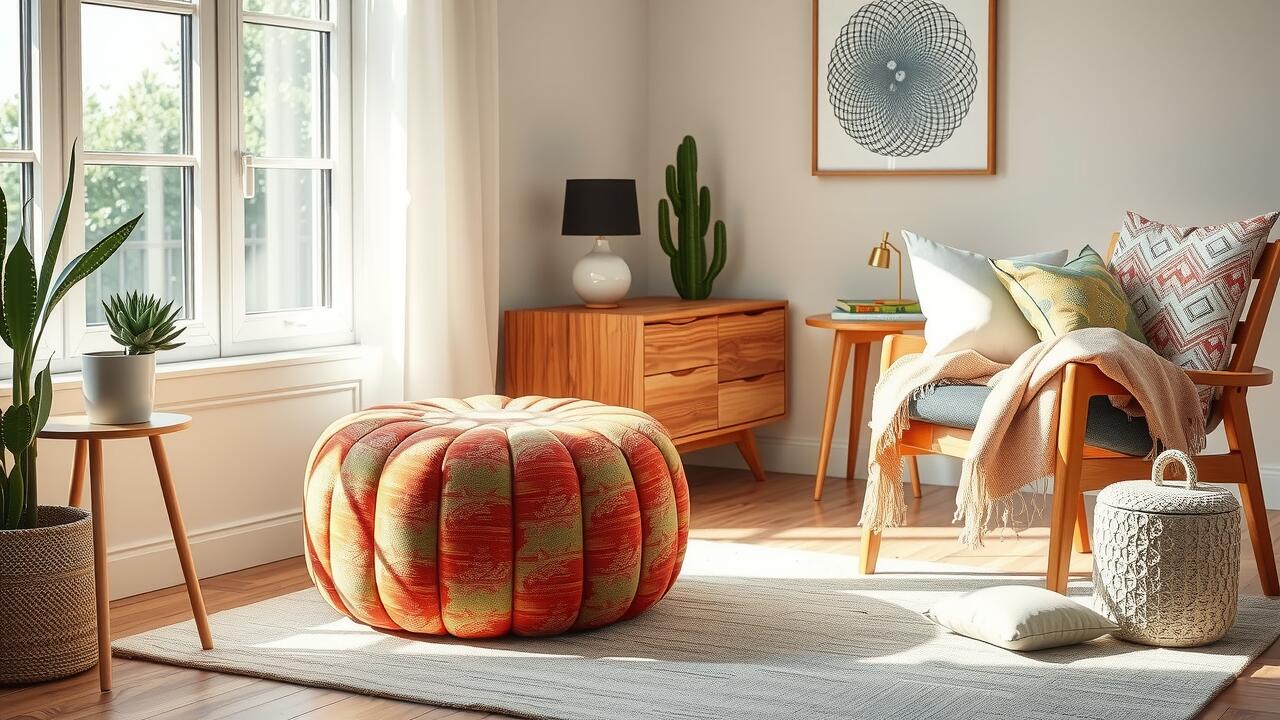
Table Of Contents
Comparing Cactus Silk with Other Fabrics
Cactus silk, derived from the fibers of the Agave plant, offers a unique alternative to conventional fabrics such as cotton and polyester. Unlike cotton, which requires extensive water and pesticide use in its production, cactus silk is more sustainable due to its eco-friendly cultivation process. Additionally, compared to synthetic fibers, cactus silk is biodegradable and helps reduce environmental pollution. This natural material possesses a luxurious, soft texture that is often compared to that of silk, providing a high-quality feel while maintaining durability.
When evaluating cactus silk against other natural textiles like wool or linen, it stands out for its lightweight properties and breathability. Wool can be warmer and heavier, making it less suitable for hot climates, while linen often wrinkles easily and may require more care. Cactus silk, in contrast, offers breathability without the fear of wrinkling, making it ideal for various applications, especially in warmer regions. Its unique characteristics contribute to its appeal in contemporary fashion as a stylish yet sustainable choice.
Additional info can be found here.
Advantages Over Conventional Textiles
Cactus silk presents several benefits that set it apart from traditional textiles. It is derived from the fibers of the agave plant, making it a highly sustainable option. The production process involves minimal water and energy consumption compared to cotton or polyester. This eco-friendly approach aligns with growing consumer awareness of environmental issues.
In addition to its sustainable advantages, cactus silk boasts unique properties that enhance its appeal. The fabric is naturally breathable and lightweight, providing comfort in warm climates. Its resilience offers durability, reducing the need for frequent replacements. These qualities not only contribute to a lower environmental footprint but also ensure that cactus silk garments remain practical and stylish over time.
Cactus Silk in Modern Fashion
Sustainable practices have become a cornerstone of modern fashion, leading many designers to explore innovative materials. Cactus silk, with its unique texture and eco-friendly origins, has gained popularity among those seeking to reduce their environmental footprint. The allure lies not only in its visual appeal but also in the story behind the fabric. It represents a connection to artisanal craftsmanship, often produced in Morocco by skilled artisans who maintain traditional weaving techniques.
Fashion houses have begun to incorporate cactus silk into their collections, showcasing its versatility in clothing and accessories. Designers appreciate its lightweight and breathable qualities, making it ideal for a range of styles from casual wear to more luxurious pieces. The fabric’s natural sheen adds an elegant touch, often coveted in both high-end designs and contemporary streetwear. This shift reflects a broader trend towards environmentally responsible fashion, appealing to consumers who prioritize sustainability without compromising on style.
Designers Embracing Sustainable Materials
An increasing number of fashion designers are turning to cactus silk as a sustainable alternative to traditional fabrics. This innovative material, derived from the fibers of the Agave plant, has garnered attention for its eco-friendly production process. Unlike conventional textiles, cactus silk requires minimal water and pesticides, aligning with a growing demand for environmentally responsible choices in the fashion industry.
The unique texture and aesthetic qualities of cactus silk have captured the interest of many contemporary designers. By incorporating this natural fiber into their collections, they are not only promoting sustainable practices but also showcasing the versatility of plant-based materials. As more creators recognize the benefits of using cactus silk, its presence in high-fashion collections continues to grow.
Care Instructions for Cactus Silk
To maintain the beauty and longevity of cactus silk, gentle care is essential. Hand washing is recommended using cold water and a mild detergent. Avoid hot water or harsh chemicals that can damage the fibers. It is best to let the fabric air dry away from direct sunlight to prevent any potential fading. If necessary, lightly steam the silk to remove wrinkles, ensuring the iron's setting is suitable for delicate fabrics.
Storing cactus silk requires attention to its sensitivity. Wrapping it in cotton or storing it in a breathable bag will protect it from dust and potential snagging. Avoid folding the fabric in tight spaces to prevent creasing and ensure proper airflow. Regularly check for any signs of wear or damage while it is stored. Proper care will enhance the silk's natural sheen and maintain its unique texture.
Maintaining Quality and Longevity
Cactus silk requires gentle handling to preserve its unique texture and appearance. It is advisable to wash the fabric by hand in cold water using a mild detergent. Avoid agitating the material too vigorously to prevent damage. After washing, air drying is best. Hanging the fabric in a shaded area prevents exposure to direct sunlight, which can fade the vibrant colors over time.
Storing cactus silk correctly contributes to its longevity. It is ideal to roll the fabric rather than fold it to avoid creases. When storing, keep it in a breathable cotton bag to protect it from dust and moisture. Regular inspections can help identify any signs of wear early, allowing for repairs that can extend the lifespan of the fabric considerably.
FAQS
What is cactus silk made from?
Cactus silk is made from the fibers extracted from the leaves of the Agave plant, primarily the Agave sisalana species.
How is cactus silk produced?
The production of cactus silk involves harvesting the leaves of the Agave plant, extracting the fibers, and then spinning them into a soft, durable textile.
What are the environmental benefits of cactus silk?
Cactus silk production is more sustainable compared to conventional textiles, as it requires less water and pesticides, and the Agave plant thrives in arid environments.
Can cactus silk be used in garments and home textiles?
Yes, cactus silk is versatile and can be used in a variety of products including clothing, accessories, and home textiles like curtains and upholstery.
How does cactus silk feel compared to other fabrics?
Cactus silk is known for its soft, smooth texture, which is comparable to silk but with added durability and a unique natural sheen.